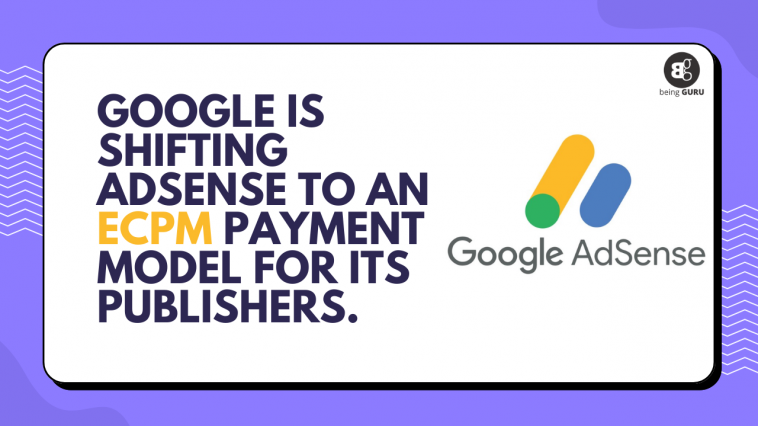In November of last year, Google announced plans to revamp the revenue-sharing system for AdSense, aiming to modernize how publishers generate income from their website content.
Ginny Marvin, the liaison for Google Ads, has verified this transition to eCPM payments for AdSense partners.
Hello, yes, the transition has been implemented, and partners should now expect to receive payments based on eCPM. More here: https://t.co/21ZHrMt1LB.
Examining the Updated Revenue Share Structure
Previously, publishers were allocated a fixed 68% of ad revenue. However, the revenue distribution is now divided into distinct rates for both the buy-side (advertisers) and sell-side (publishers).
Google provides further insight into the specifics of this revised arrangement:
“When displaying ads through AdSense for content, publishers will now receive 80% of the revenue after deducting the fee charged by the advertiser platform, whether it is Google’s buy-side or third-party platforms.”
According to Google’s explanation, in instances where Google Ads purchases display ads on AdSense, it retains an average of 15% of advertiser expenditure. Despite these alterations, Google asserts that the overall revenue for publishers is anticipated to remain approximately at 68%.
The model diverges when third-party platforms procure AdSense to display ads. In such scenarios, publishers are entitled to an 80% share after accounting for the third-party’s fees. Google clarifies that it lacks control or visibility over these third-party fees.
The following example demonstrates that after factoring in both buy-side and sell-side fees, one dollar from an advertiser results in sixty-eight cents for the publisher.

Moving Towards Per-Impression Payments
Google is shifting AdSense towards a per-impression payment model, aligning it with standard practices in the display advertising industry. This adjustment aims to facilitate easier comparison of earnings for publishers across Google’s offerings and third-party platforms.
Google assures that this update to the payment model will not affect the quantity or nature of ads publishers can display, provided they adhere to current AdSense policies and Better Ads Standards. These standards are in place to prevent intrusive ads such as pop-ups or those that hijack the screen.
Key Points for Publishers to Consider
For publishers who depend on AdSense for part of their revenue stream, assessing the implications of these updates is crucial.
Here are some key considerations:
Grasp the Implications
The shift to the eCPM (effective cost per thousand impressions)payment model denotes a takeoff from the beforehand dominant cost-per-click (CPC) model.
Publisher earnings are determined by the number of impressions rather than clicks under the eCPM system.
It’s essential for publishers to comprehend how this new model operates, as it could have an impact on revenue, particularly for those whose content prioritizes high engagement over high traffic volume.
Adapt Content & SEO Approaches
Google has indicated that for most publishers, earnings are expected to remain relatively stable following the transition to eCPM bidding.
However, the impact may vary for individual publishers. It may be necessary for publishers to refine their content and SEO strategies to optimize revenue within the new eCPM model.
Potential tactics could include boosting website traffic, enhancing user engagement metrics, and prolonging session duration to increase the number of ad impressions.
Adherence to Ad Standards
The shift to an impression-based model underscores the importance of adhering to AdSense policies and Better Ads Standards.
Publishers must continue delivering a positive ad experience for users by avoiding intrusive ads. This will be essential for maintaining ad revenue and upholding a favorable standing within the AdSense program.
In Conclusion
Google’s AdSense updates strive to streamline and enhance transparency in the monetization process, yet it falls upon publishers to capitalize on these changes to their advantage.
By staying well-informed, closely monitoring performance, and adjusting strategies accordingly, publishers can maintain their success and adapt to evolving circumstances.




